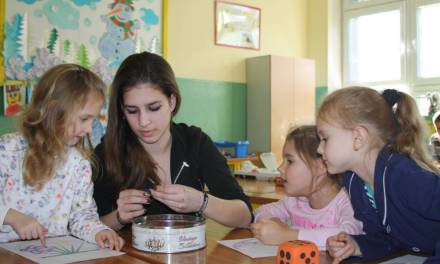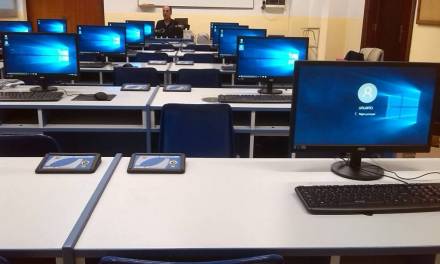The number of secondary school pupils in classrooms of 36 or more has trebled over the last five years (BBC).
A concerning figure indeed, and if you thought that your classroom size was less than conducive for a productive learning environment, spare a thought for one West Yorkshire class at Brighouse High Academy School with 46 pupils.
While such class sizes remain the exception and not the rule (with 90% of pupils in classes of 30 or fewer), teachers are still facing growing class sizes and falling budgets – making the need for harnessing every resource ever more important.
Reconsidering the teaching assistant’s role in the classroom
Teaching assistants are a highly prized human resource within the classroom setting – acting as an often vital cog for extended one-to-one attention.
In the past 17 years the number of full-time teaching assistants has more than trebled – up from 79,000 to 243,700. Yet despite this, there’s a problem: research continues to find that…
The more support pupils received, the less progress they made, even after controlling for other factors that might be expected to explain the relationship such as pupils’ prior attainment, SEN status and income deprivation.
It’s been argued that this is perhaps due to the reduced time that these students have with both their classroom peers and their teacher.
By engaging a teaching assistant in the wider classroom environment, it could be that everyone benefits – the under-pressure teacher, the pupils in an overpopulated classroom and the child for whom the teaching assistant is on hand at certain points during a lesson.
With this in mind, here are a few ideas on how you can work successfully with your teaching assistant for streamlined classroom management – no matter the class size.
Work alongside your teaching assistant for overseeing peer discussions
In a large class, peer and group work can become disorganised and rowdy, with little constructive work being completed.
However with the help of a teaching assistant, both teacher and TA alike can move from group to group ensuring that there’s an ever-present authority to ensure work is progressing.
Collaborate with your teaching assistants
Teaching assistants and teachers should rethink their relationship. Research suggests that instead of being used solely as an “informal teaching resource for low-attaining pupils”, a more productive approach is for TAs to supplement rather than replace teachers.
This underlines the importance of the interactions between teacher and pupil, and if a teaching assistant is to be of help to you for class management, it’s also important that they’re involved and briefed on lesson plans.
With this approach, a teaching assistant can also help address any questions following the presentation of a unit or lesson objectives.
Use tech together
Teaching assistants probably won’t have the same depth and breadth of knowledge as teachers.
To bridge this divide, technology can be an exceptional source of knowledge and learning automation (check out our tips for integrating technology into the classroom).
Share the responsibility of leadership – and train individual students to take on leadership
When undertaking group work experiment with promoting individual pupils to group leaders – this can help manage the workflows within groups and develop leadership skills along the way.
Teaching assistants should be briefed on how this process can be guided and how a leader can be shown people and project management skills.
Establish authority and respect
Stringent discipline within a large class is critical – without it, learning and teaching become difficult. A teaching assistant must be seen as an equal to the teacher in terms of respect, and an equal in relation to the same powers to manage discipline.
This must be crystal clear to pupils – clarity around such rules is another core factor on which the successful management of a large class relies.
If you have any tips for getting the best out of teaching assistants, let us know in the comments below.










